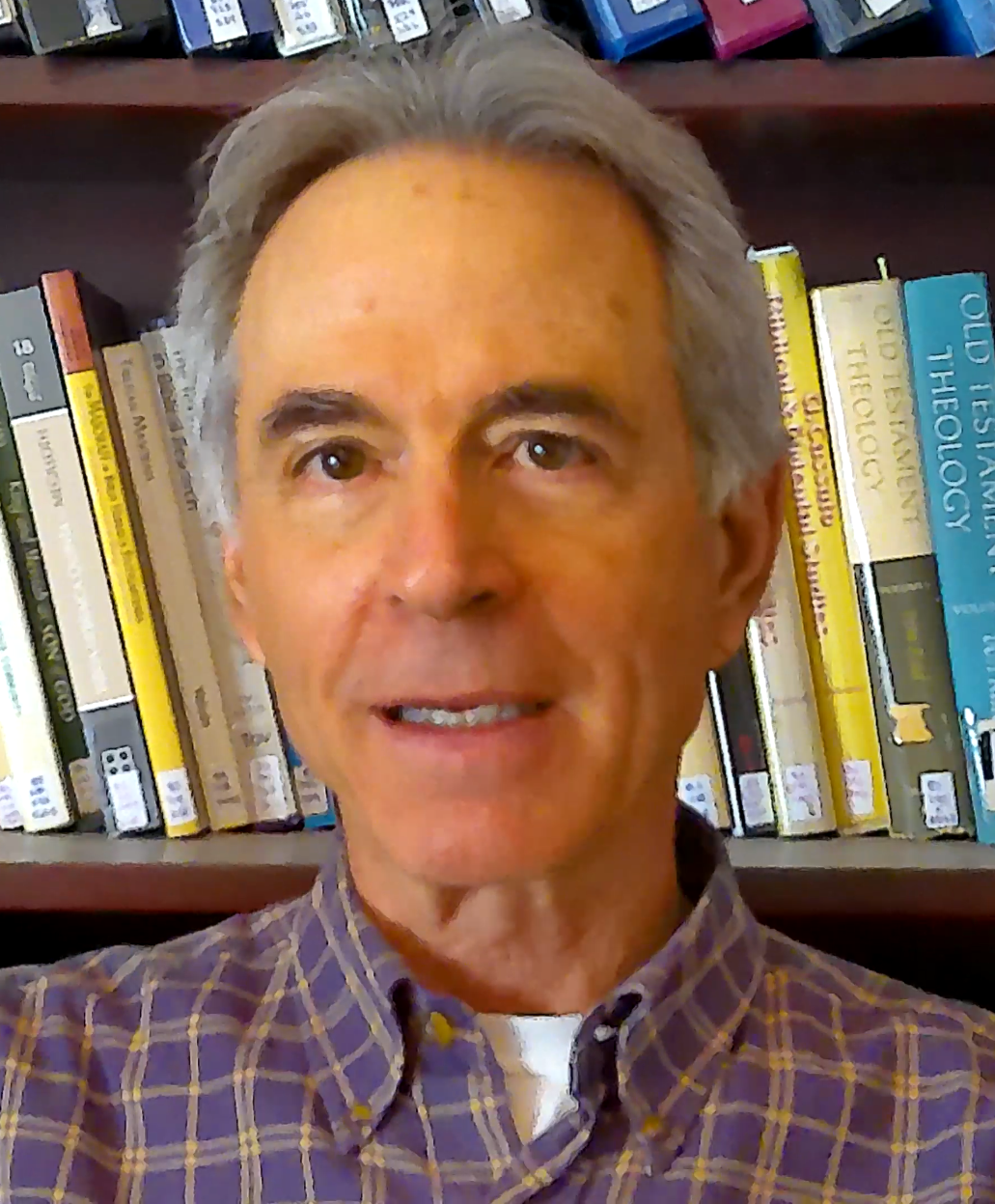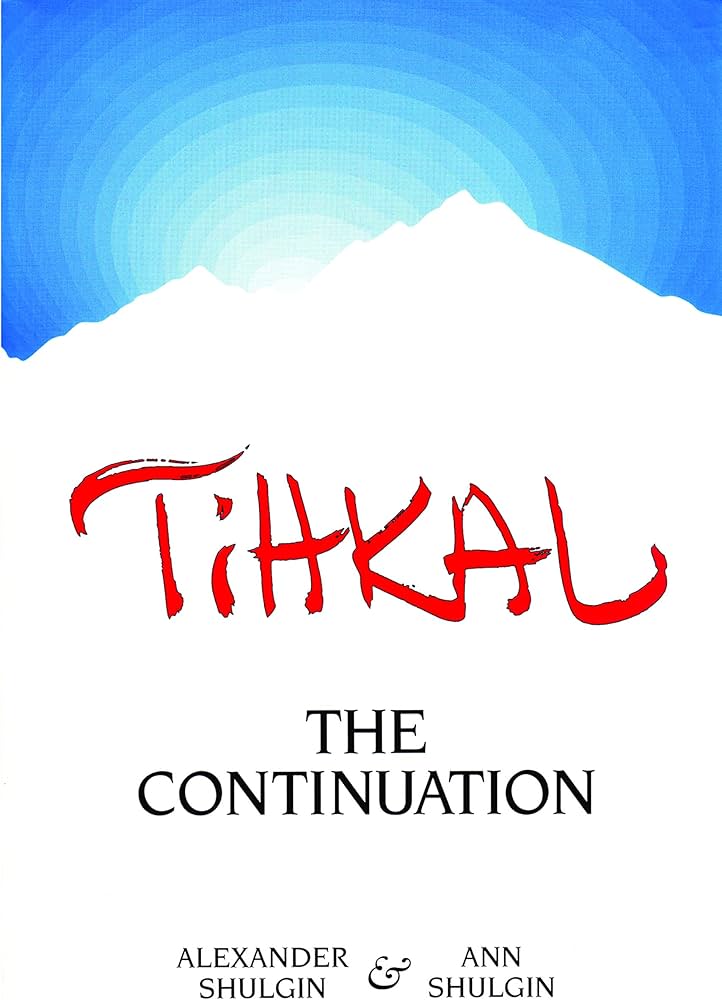Academic References
Strassman, R. J., Qualls, C. R., Uhlenhuth, E. H., & Kellner, R. (1994). Dose-response study of N,N-dimethyltryptamine in humans: II. Subjective effects and preliminary results of a new rating scale. Archives of General Psychiatry, 51(2), 98-108.
Strassman, R. J. (1996). Human psychopharmacology of N,N-dimethyltryptamine. Behavioural Brain Research, 73(1-2), 121-124.
Strassman, R. J. (2001). DMT: The Spirit Molecule: A Doctor's Revolutionary Research into the Biology of Near-Death and Mystical Experiences. Park Street Press.
Shulgin, A. T., & Nichols, D. E. (1978). Characterization of three new psychotomimetics. In R. C. Stillman & R. E. Willette (Eds.), The Psychopharmacology of Hallucinogens (pp. 74-83). Pergamon Press.
Shulgin, A., & Shulgin, A. (1991). PiHKAL: A Chemical Love Story. Transform Press.
Shulgin, A., & Shulgin, A. (1997). TiHKAL: The Continuation. Transform Press.
Davis, A. K., Clifton, J. M., Weaver, E. G., Hurwitz, E. S., Johnson, M. W., & Griffiths, R. R. (2020). Survey of entity encounter experiences occasioned by inhaled N,N-dimethyltryptamine: Phenomenology, interpretation, and enduring effects. Journal of Psychopharmacology, 34(9), 1008–1020.
Timmermann, C., Roseman, L., Williams, L., Erritzoe, D., Martial, C., Cassol, H., Stringstrøm, S., Charquero-Ballester, M., Feilding, A., Tuckey, C., Carhart-Harris, R., & Nutt, D. (2018). DMT Models the Near-Death Experience. Frontiers in Psychology, 9, 1424.




